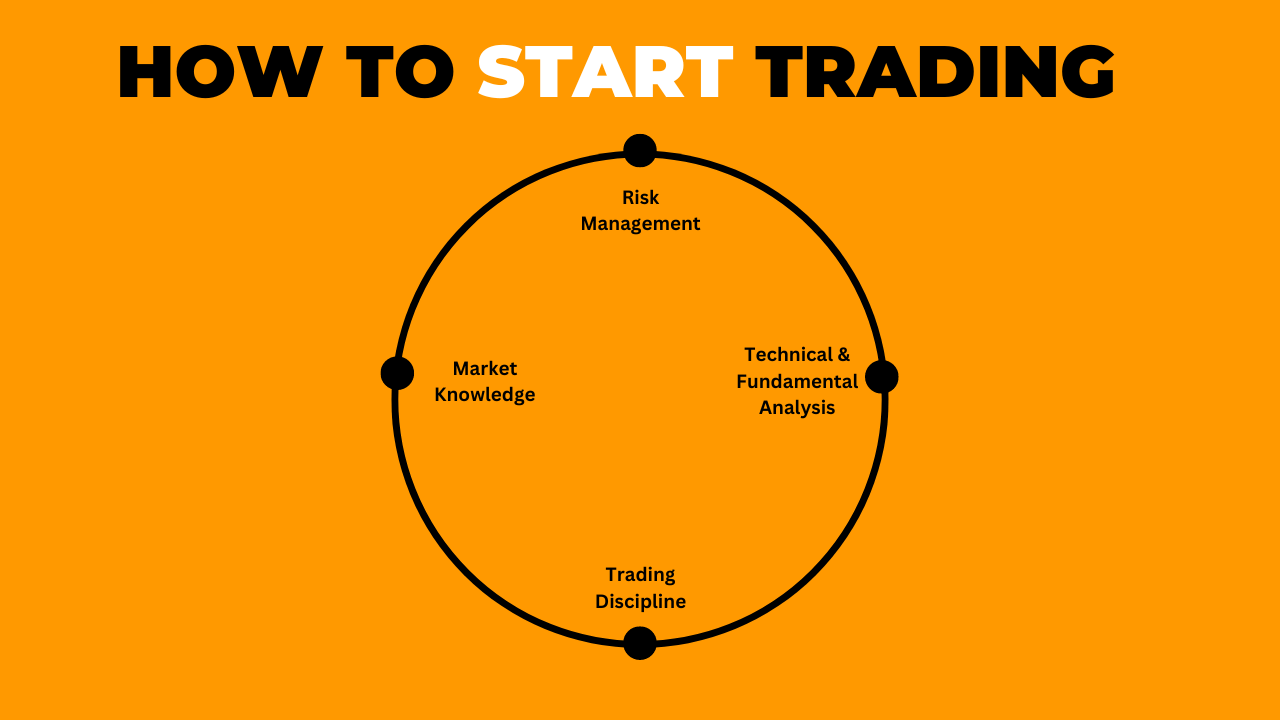What is Cryptocurrency? A Beginner’s Guide to Digital Money
Cryptocurrency has revolutionized finance, but its complexity often leaves newcomers confused. This guide breaks down what cryptocurrency is, how it works, and why it matters—in simple terms.
What is Cryptocurrency?
Cryptocurrency is a digital or virtual form of money secured by cryptography. Unlike traditional currencies (e.g., dollars or euros), it operates on decentralized networks called blockchains, eliminating the need for banks or governments.
How Does Cryptocurrency Work?
- Blockchain Technology:
Cryptocurrencies run on blockchain, a public ledger that records all transactions across a network of computers. Each “block” contains transaction data and is linked to previous blocks, ensuring transparency and security.
- External Link: Dive deeper into blockchain with Investopedia’s Blockchain Guide.
- Decentralization:
No single entity controls cryptocurrencies. Instead, they rely on a peer-to-peer network, reducing fraud risks and censorship. - Mining & Validation:
Transactions are verified by miners (or validators) who solve complex mathematical puzzles. This process, called proof-of-work (e.g., Bitcoin) or proof-of-stake (e.g., Ethereum), rewards participants with new coins.
Types of Cryptocurrencies
- Bitcoin (BTC): The first cryptocurrency, created in 2009 as a decentralized payment system.
- Ethereum (ETH): A platform for smart contracts and decentralized apps (dApps).
- Stablecoins: Cryptos pegged to assets like the US dollar (e.g., Tether/USDT).
- Altcoins: Alternative coins like Solana (SOL) or Cardano (ADA).
- External Link: Track prices on CoinMarketCap.
Key Benefits of Cryptocurrency
- Decentralization: No central authority controls your funds.
- Security: Cryptographic encryption protects transactions.
- Global Access: Send/receive money worldwide without banks.
- Inflation Resistance: Limited supply (e.g., Bitcoin’s 21 million cap).
- Internal Link: Learn to invest safely with Bullarti’s Crypto Trading Guide.
Risks & Challenges
- Volatility: Prices can swing wildly in hours (e.g., Bitcoin’s historic crashes).
- Regulatory Uncertainty: Governments are still crafting crypto laws.
- Scams: Fake exchanges or phishing attacks target newcomers.
- External Link: Stay updated on regulations via U.S. Securities and Exchange Commission.
How to Buy & Store Cryptocurrency
- Choose an Exchange:
Platforms like Coinbase (beginner-friendly) or Binance (advanced tools). - Get a Wallet:
- Hot Wallets: Connected to the internet (e.g., MetaMask).
- Cold Wallets: Offline storage (e.g., Ledger Nano).
- Start Small: Buy a fraction of a coin (e.g., 0.01 BTC).
- Internal Link: Secure your assets with Bullarti’s Crypto Security Tips.
FAQs
Q: Is cryptocurrency legal?
A: Most countries allow crypto, but regulations vary. Always check local laws.
Q: Can crypto replace cash?
A: Unlikely soon, but it’s gaining traction as a payment method (e.g., Tesla briefly accepting Bitcoin).
Q: How do taxes work?
A: Many countries tax crypto gains. Use tools like CoinTracker for reporting.
Final Thoughts
Cryptocurrency is reshaping finance, offering freedom from traditional systems—but it’s not without risks. Educate yourself, start small, and use trusted resources like Bullarti.com to stay ahead.
Explore more with our Blockchain Technology Explained guide.
Meta Description (125 Characters):
“Discover cryptocurrency: How blockchain works, Bitcoin basics, risks & how to invest. Start learning at Bullarti.com.”

